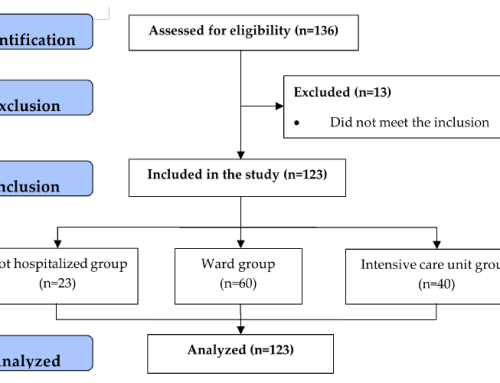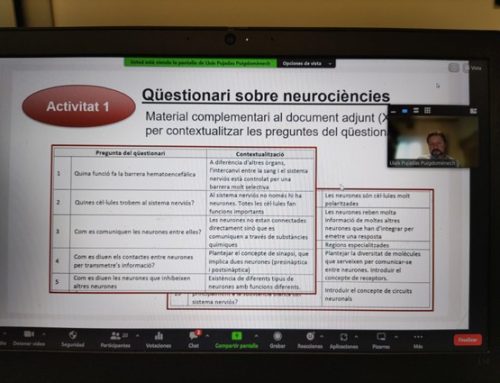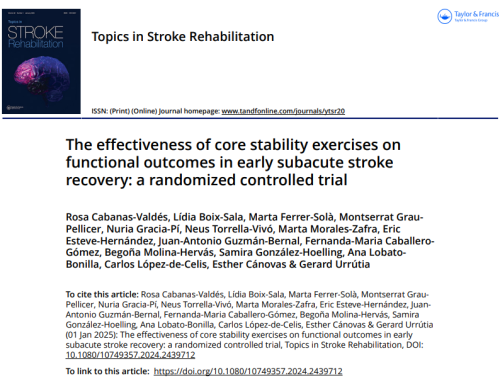Article: Use of the V-Chair® system, asmart therapeutical surface inthe care of two patients with intellectual disabilities with high dependence and limited mobility
Authors: Joan-Enric Torra-Bou and Judith Martínez Castro
Abstract:
Introduction: Caring for patients with high dependency and limited mobility represents in practice that these patients spend long periods of time in bed, arising important challenges for themselves and for their caregivers in different dimensions related to their rest, either in bed or sitting. Bed confinement can cause problems in three broad dimensions: patient dynamics in bed, impact on caregivers caring for the affected person, and clinical complications related to prolonged stay in bed. Today there are beds on the market with special features (smart care beds) which facilitate the care of bedridden patients and help to reduce both clinical problems related to the situation of immobility, as well as its repercussions on caregivers when mobilizing them, but we will see throughout the article that the introduction of robotics applied to the movements of smart beds leads to an evolution of the same: the smart therapeutical surfaces. These provide unique, automatized, programmable and personalized robotic movements, which can lead to a new dimension in the care of bedridden people.
Methods and results: Two clinical cases are presented corresponding to the use of the V-Chair® system, a Smart Therapeutic Surface (S.T. Surface®) with the dual functionality of indoor electric wheelchair and a clinical hospital bed, with unique and patented movements non existing in any other option on the market. Due to nowadays results apparently increasing the quality of life and autonomy of the highly dependent bedridden patient. The multiple movements options provided by V-Chair® facilitates the prevention and reduction of clinical problems resulting from prolonged bed rest, the reduction of the number of nursing staff required during care and handling tasks, while reducing strain and poor posture on the side of the nursing staff. V-Chair® was used in the care of two highly dependent patients with limited mobility, with intellectual disabilities, admitted to a social-health care center. The impact of its use is evaluated, both clinically and in the management of the patients by their caregivers. Results:
Conclusions: The use of the V-Chair® system has contributed to solve clinical problems related to bed rest (pressure ulcers, dysphagia control, constipation, and weight reduction), and even more it has added the possibility of making more postural changes with fewer human resources; has reduced the caregiver’s time for performing hygiene and has reduced the number of patient transfers. Being highly considered by the nursing and caregivers’ staff, due to the highly safety and easy mechanisms for making postural changes and whatever mobilization.
Keywords: Bed rest, clinical bed, transfers, postural changes, pressure injuries, smart therapeutical surface, nursing care, load handling.












Leave a Reply